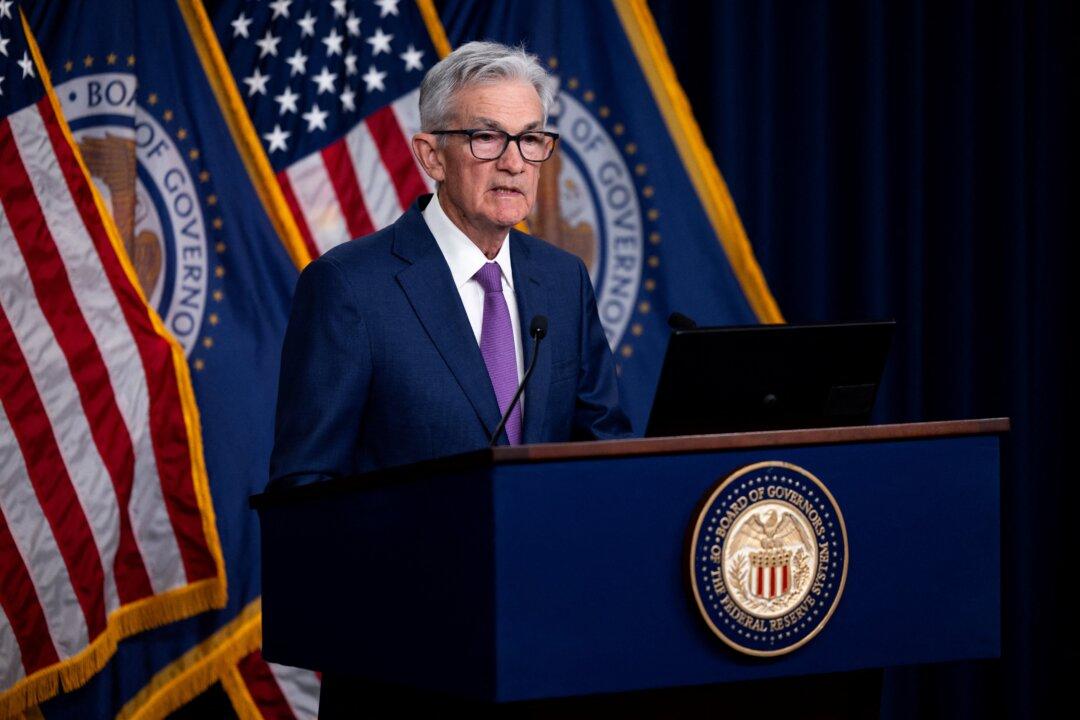Yields on both 10-year and two-year Treasury notes increased for the second consecutive day on Monday. Ten-year yields jumped 9.43 percent from Thursday’s low to its peak of around 4.177 percent on Monday. Meanwhile, the two-year yields rose 8.41 percent to hit its Monday peak. While 10-year yields were trading higher on Tuesday after opening as of 8:55 a.m. EST, two-year yields were trading slightly lower. The jump in bond yields came after the Federal Reserve kept interest rates unchanged in its recent policy meeting.
Fed Chair Jerome Powell declined to say whether there would be a rate cut in March as many investors had hoped. Instead, he said inflation was “still too high” and that “ongoing progress in bringing it down is not assured.”





